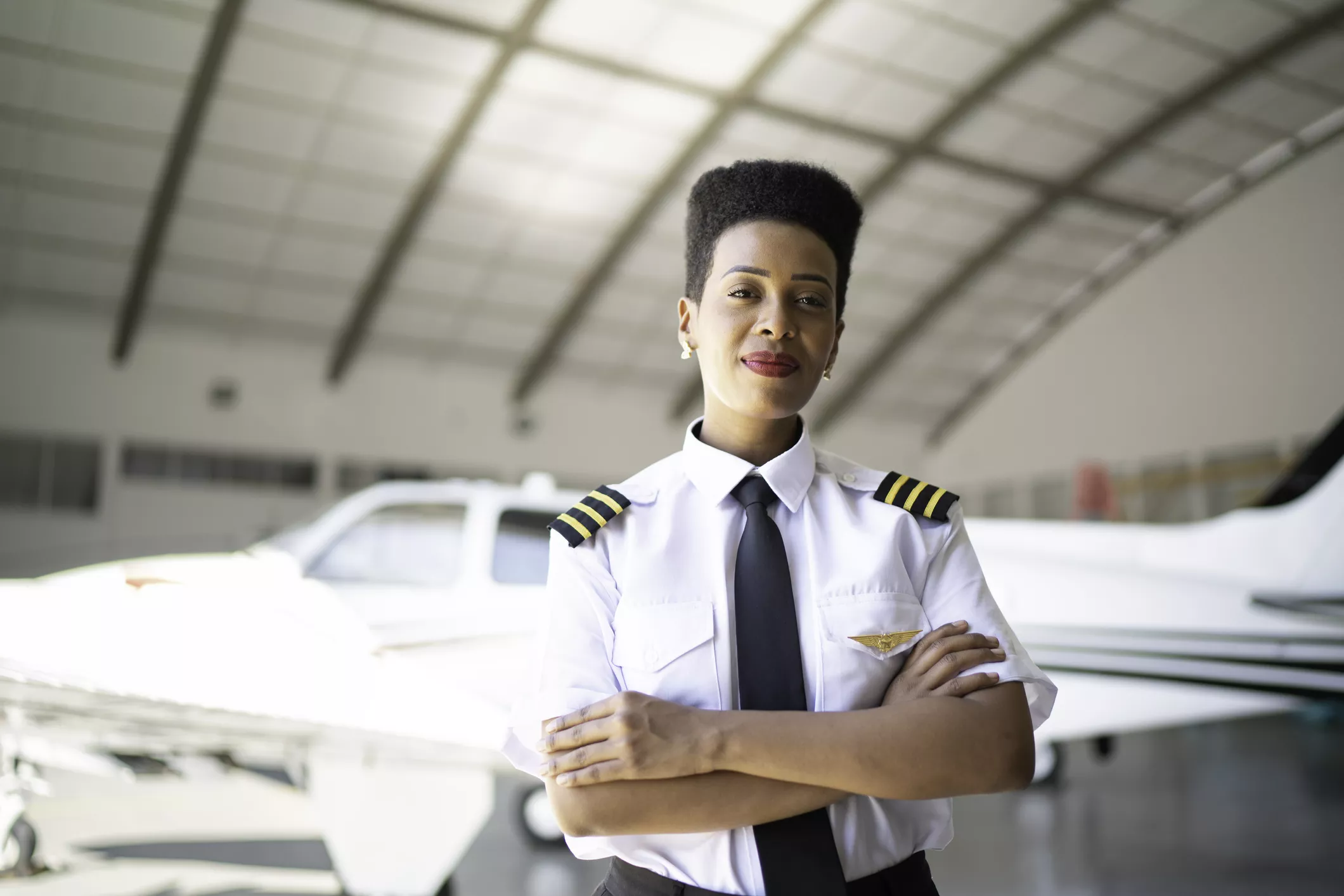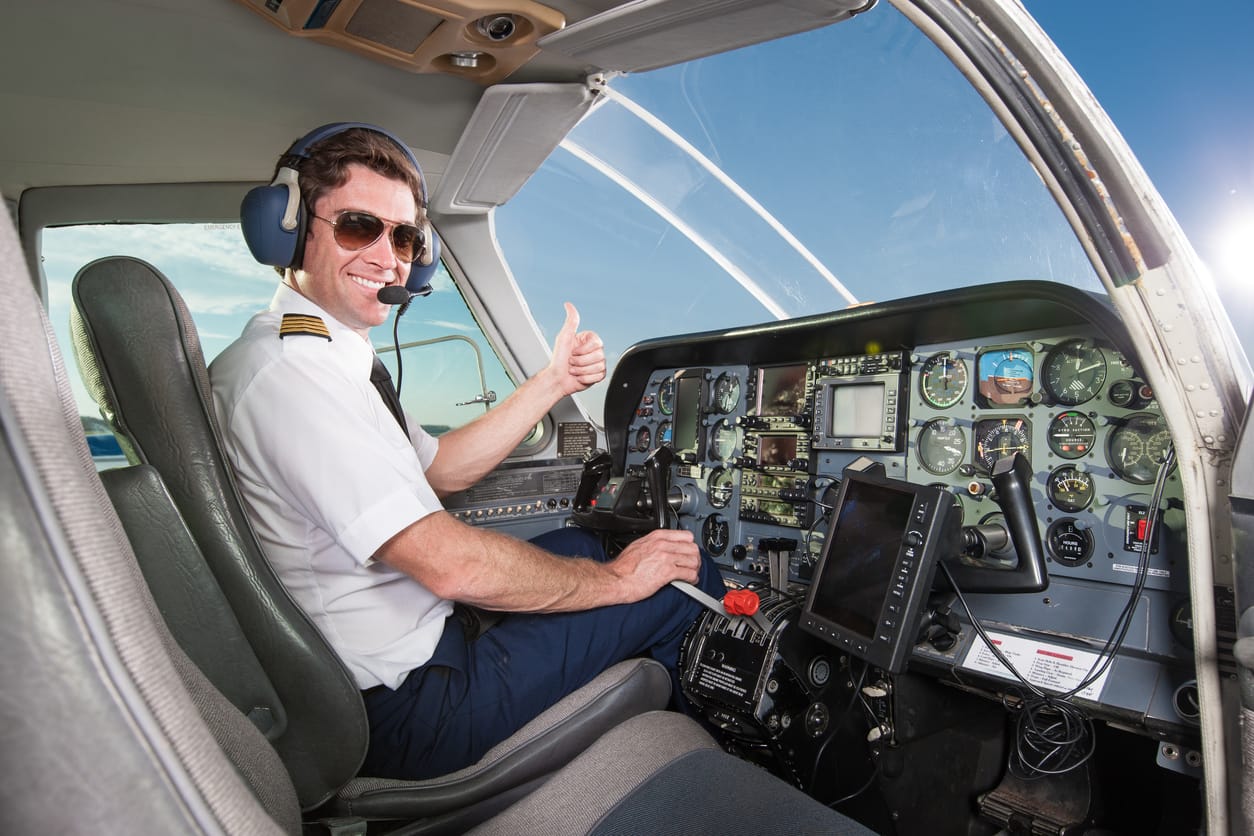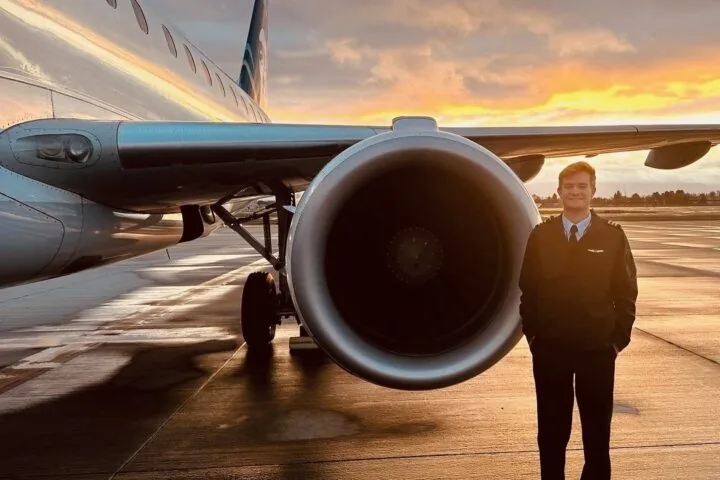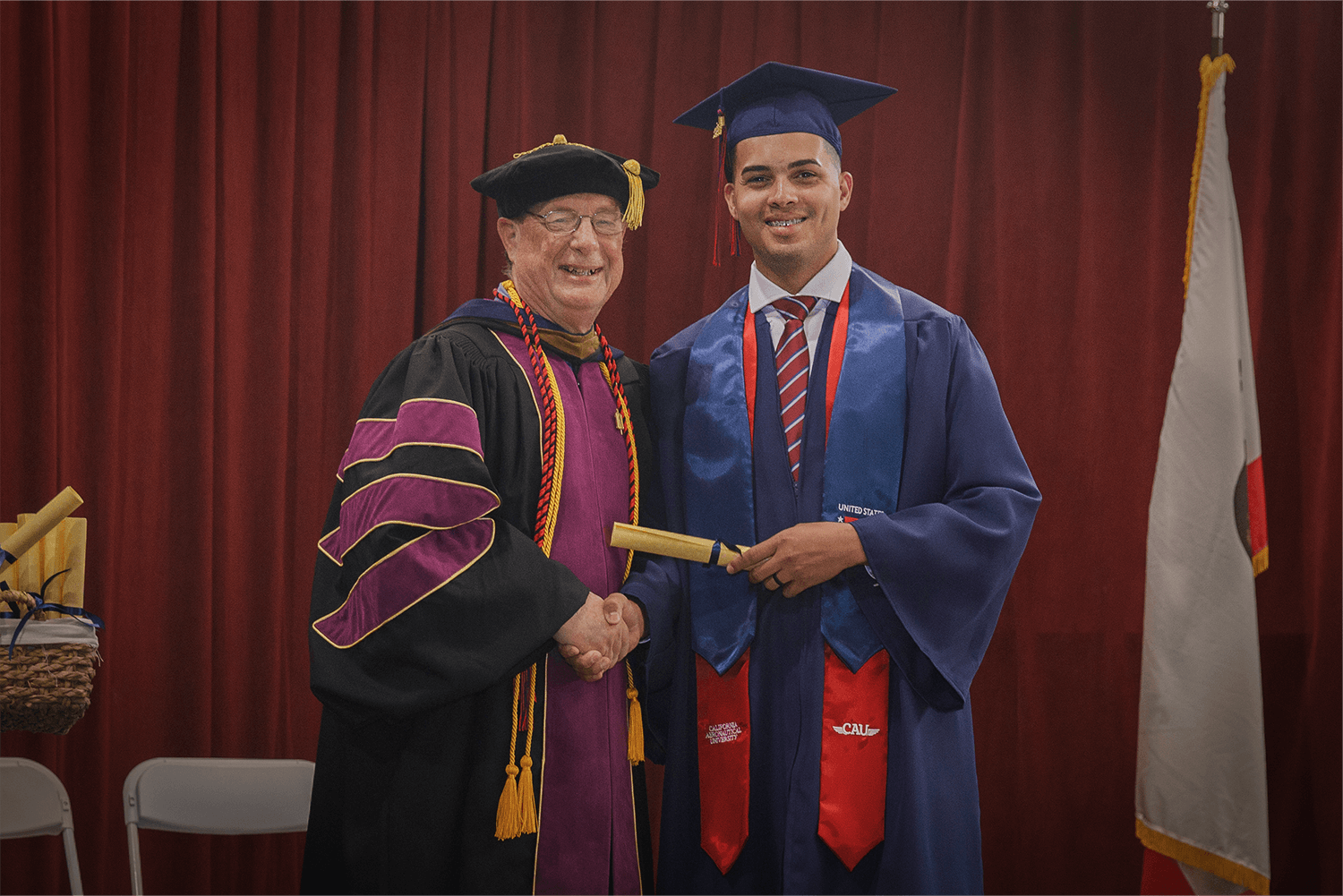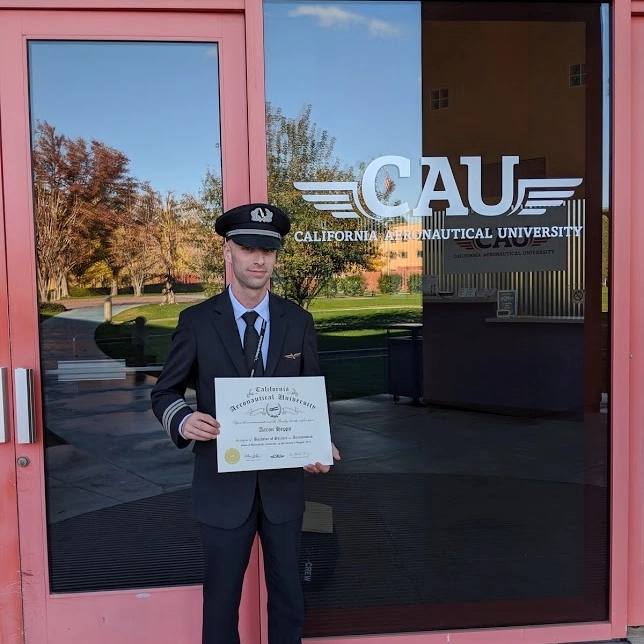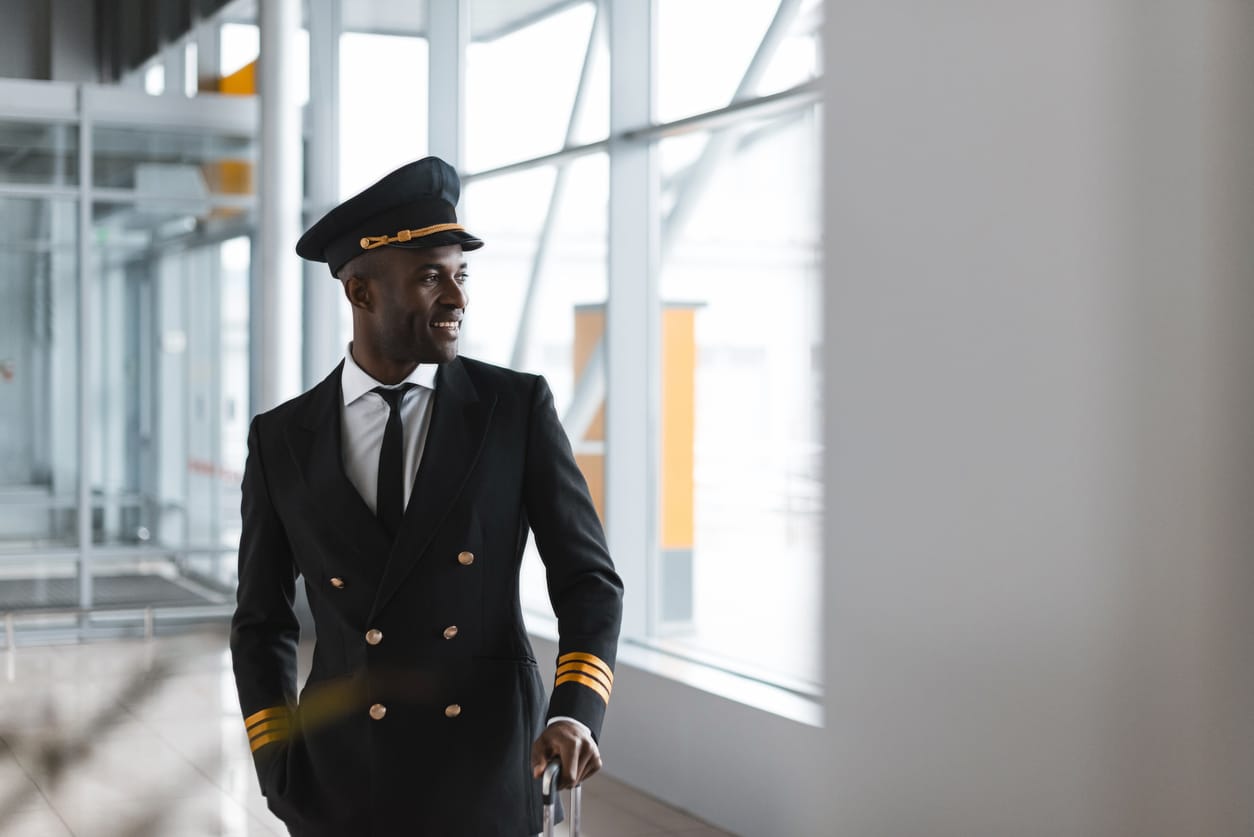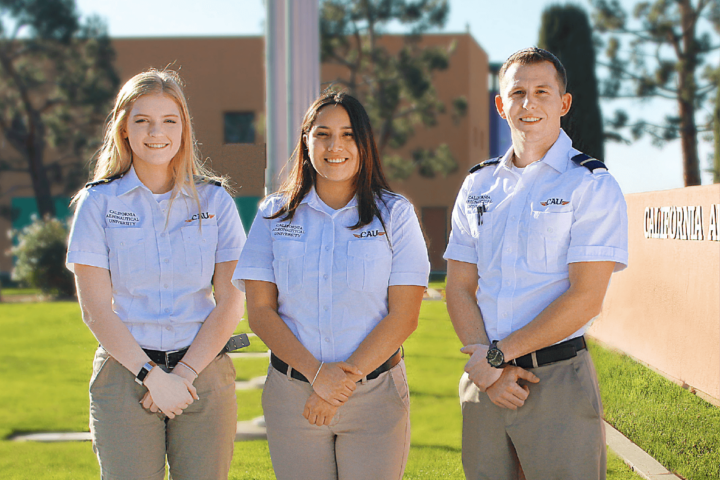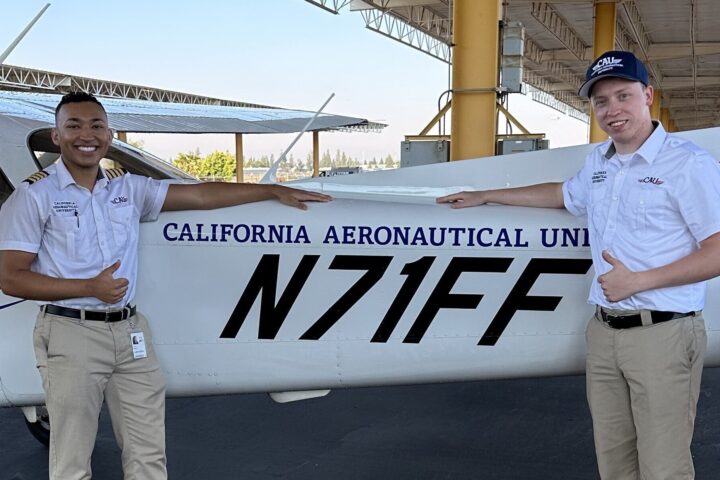It was Amelia Earhart, the famous aviator, who said, “I have often said that the lure of flying is the lure of beauty, and I need no other flight to convince me that the reason flyers fly, whether they know it or not, is the esthetic appeal of flying.” The aesthetic appeal of flying has fueled the dreams of many pilots to one day realize their passions and sail through the skies. However, the first steps to realizing this dream begin on the ground. All pilots must undergo training to become certified professionals. The professional pilot program you choose will depend on your goals and aspirations.
A few different paths may provide the practical training, and academic education aspiring pilots need to prepare them for their future aviation careers. It’s important to note that although the FAA officially uses the term “certificate,” their website uses “license” and “certificate” interchangeably to designate the formal permit granted to pilots that authorizes them to fly. In the United States, a Private Pilot License is called a Private Pilot Certificate and is similar to a driver’s license for automobiles.
What Do You Need From a Professional Pilot Program?
Flying a plane requires specific innate qualities, such as the ability to remain calm under pressure, having a good balance of leadership and teamwork skills, being able to communicate with and understand others, etc. Each time a pilot takes off with a plane full of passengers, it is with the understanding that their lives depend on that pilot’s aeronautical skill, training, and knowledge. Professional pilot programs provide the education and instruction needed to fully understand aviation concepts as required by the Federal Aviation Authority (FAA).
This instruction should include a ground school in addition to flight hours, although programs differ, so be sure to do your research. The FAA is the organization that sets the rules and regulations for pilot certificates and the curriculum for FAA-approved flight schools so that student pilots are well-trained to get them. There are different types of pilot certificates available, depending on the program. The list below is not exhaustive (the FAA site will have more detailed information on each class), but it does include some certificates and ratings:
Private Pilot (PPL)
If commercial airplane flying is your dream, earning your private pilot certificate is the first step in your journey. A minimum of 40 hours of flight time is required to obtain this certificate, which certifies a pilot to fly single-engine airplanes in visual flight conditions. The PPC provides foundational knowledge and skills and is the basis for all future pilot training. However, one main restriction to this certification is that you may not be compensated for your services while you are permitted to carry passengers like friends or colleagues.
Instrument Rating (IR)
This rating certifies a pilot’s ability to fly solely by reference to instruments. A proficient instrument pilot can fly an airplane from one point to another without looking out the window (using the visual flight conditions previously mentioned). This ability demonstrates the pilot’s mastery of flying under Instrument Flight Rules (IFR), which is a significant advantage when visibility is not always feasible, like at night, in heavy rain or cloudy conditions, wind-blown snow, etc.
Earning the Instrument Rating is usually the next step in obtaining your commercial certificate. Forty hours of instrument time is required for this rating, which will help build up your flight hours and strengthen your skills as you prepare for your commercial pilot certificate.
Commercial Pilot (CPL)
As the name implies, this certifies pilots to fly planes for commercial purposes. A pilot must have a private pilot certificate (PPC) and 250 flight hours before being eligible for a CPC. The number of required minimum flight hours differs depending on the training program you choose (Part 141 or Part 61). Study topics include (but are not limited to) advanced knowledge of:
- Weather systems
- Aerodynamic principles
- Safety considerations
- Flight operations
- And more
Numerous career fields in the aviation industry become available once you have this certificate, as a commercial pilot can fly an airplane for compensation or hire. It is recommended that pilots in training get their CPC with a single-engine rating, then wait to get their multi-engine rating (MEI) after their CFII. See below for details.
Certified Flight Instructor (CFI) and CFI-Instrument (CFII)
Becoming a flight instructor is the next typical step toward becoming a professional pilot. CFI training involves two parts. The first is your technical knowledge of scenarios, including collision and wake turbulence avoidance, stall entry and recognition, and unusual altitude awareness. The second consists of educational theory, student psychology, learning styles, and similar teaching skills so that you can pass a rigorous Fundamentals of Instruction (FOI) test.
Since flight time experience is a crucial factor for recruiters, many pilots become flight instructors to build up experience and flight hours, as you can quickly gain hours while instructing and training student pilots. While there are no specific time requirements for becoming a flight instructor, a pilot must already possess a commercial pilot certificate before being eligible for a CFI. Many seasoned pilots agree that the value of adding an instrument rating to your CFI certificate far outweighs the extra time and effort it takes to obtain it.
Airline Transport Pilot (ATP)
The ATP certificate is mandatory for pilots who want to make a living flying for commercial airlines. This remarkable achievement is the final milestone in your professional training program and the highest level a pilot can attain. Minimum requirements for getting this certificate include being at least 23 years old, in good physical and mental health, and having logged a minimum of 1,500 flight hours.
Some programs offer a 250-hour reduction in flight hours to qualify for a restricted ATP, click here for more information. Obtaining your airline transport pilot certificate means that you have met the requirements for most regional and central airline pilot jobs and are well on your way to a professional pilot career.
Choosing the Right Program for You
The quality of your training will directly impact your career as a pilot. Therefore, it is imperative to choose the right program for you. Hundreds of private instructors, flight schools, and aviation colleges offer professional pilot training programs; finding your best match can be overwhelming. The grid below may help you organize your thoughts as you decide which factors are essential, which would be nice, and which don’t matter to you.
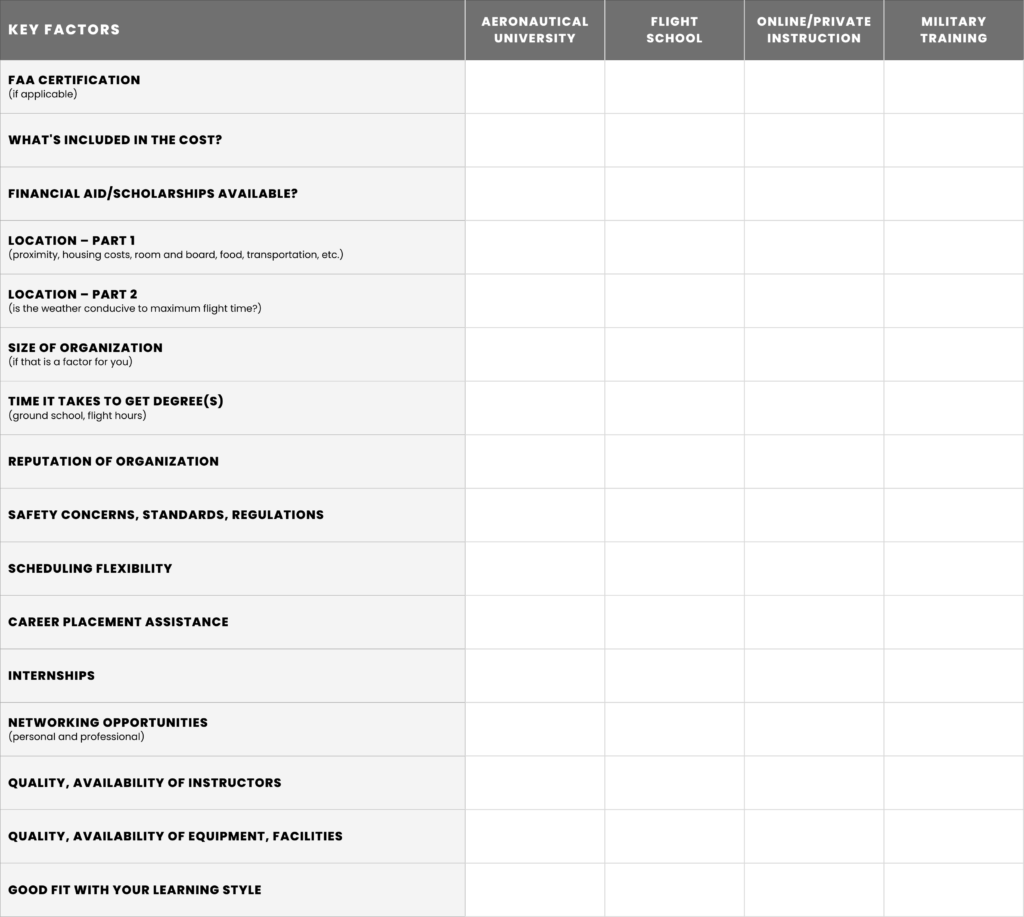
The Bottom Line
Amelia Earhart was right: the lure of flying is indeed the lure of beauty. Its esthetic appeal draws us all in, igniting the passion for spreading our wings and taking flight. But we cannot fly without airplanes, and we still need professional pilot programs to teach us how to do so.
Ready to soar in your aviation career?
Mr. Matthew A. Johnston has over 23 years of experience serving various roles in education and is currently serving as the President of California Aeronautical University. He maintains memberships and is a supporting participant with several aviation promoting and advocacy associations including University Aviation Association (UAA), Regional Airline Association (RAA), AOPA, NBAA, and EAA with the Young Eagles program. He is proud of his collaboration with airlines, aviation businesses and individual aviation professionals who are working with him to develop California Aeronautical University as a leader in educating aviation professionals.
